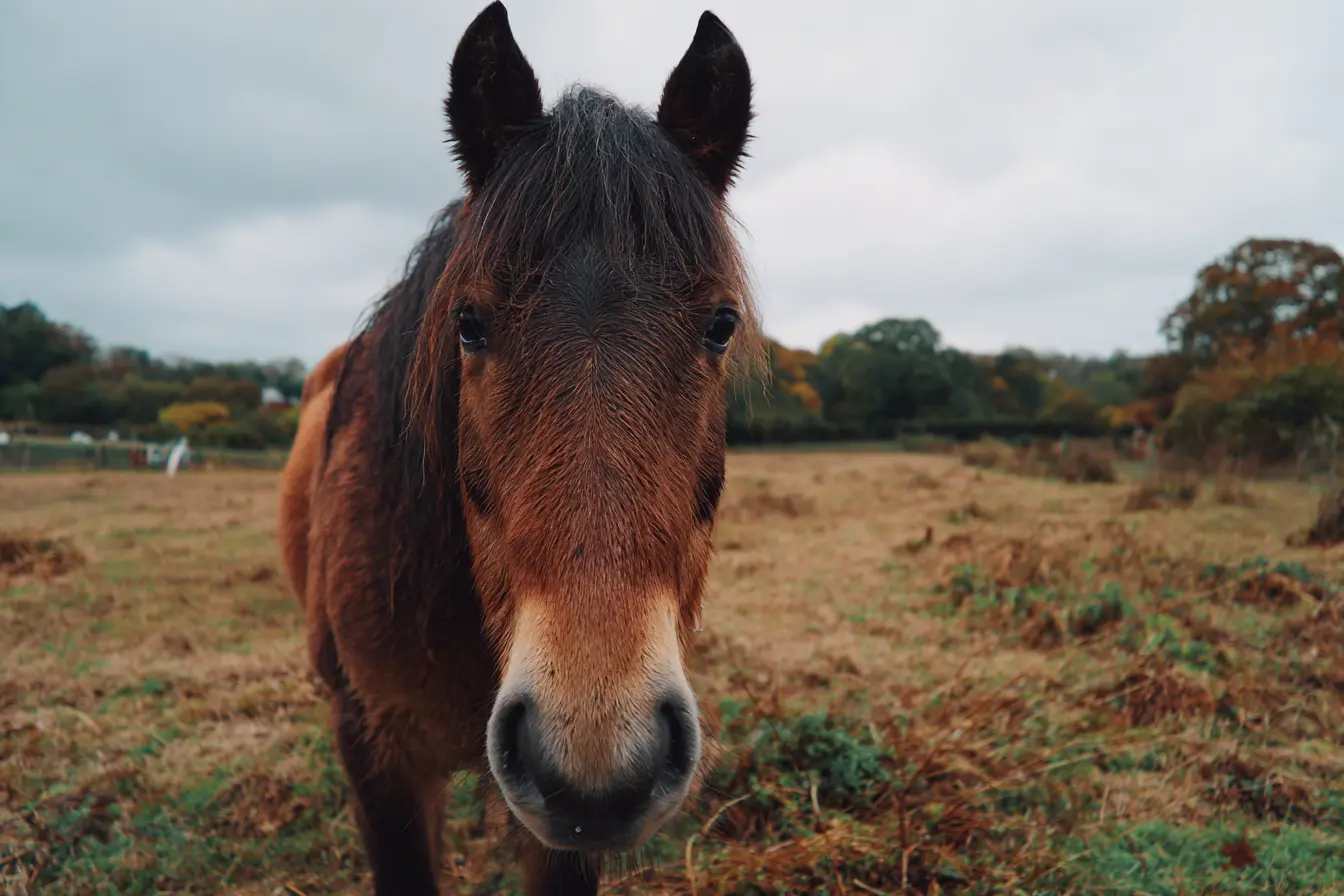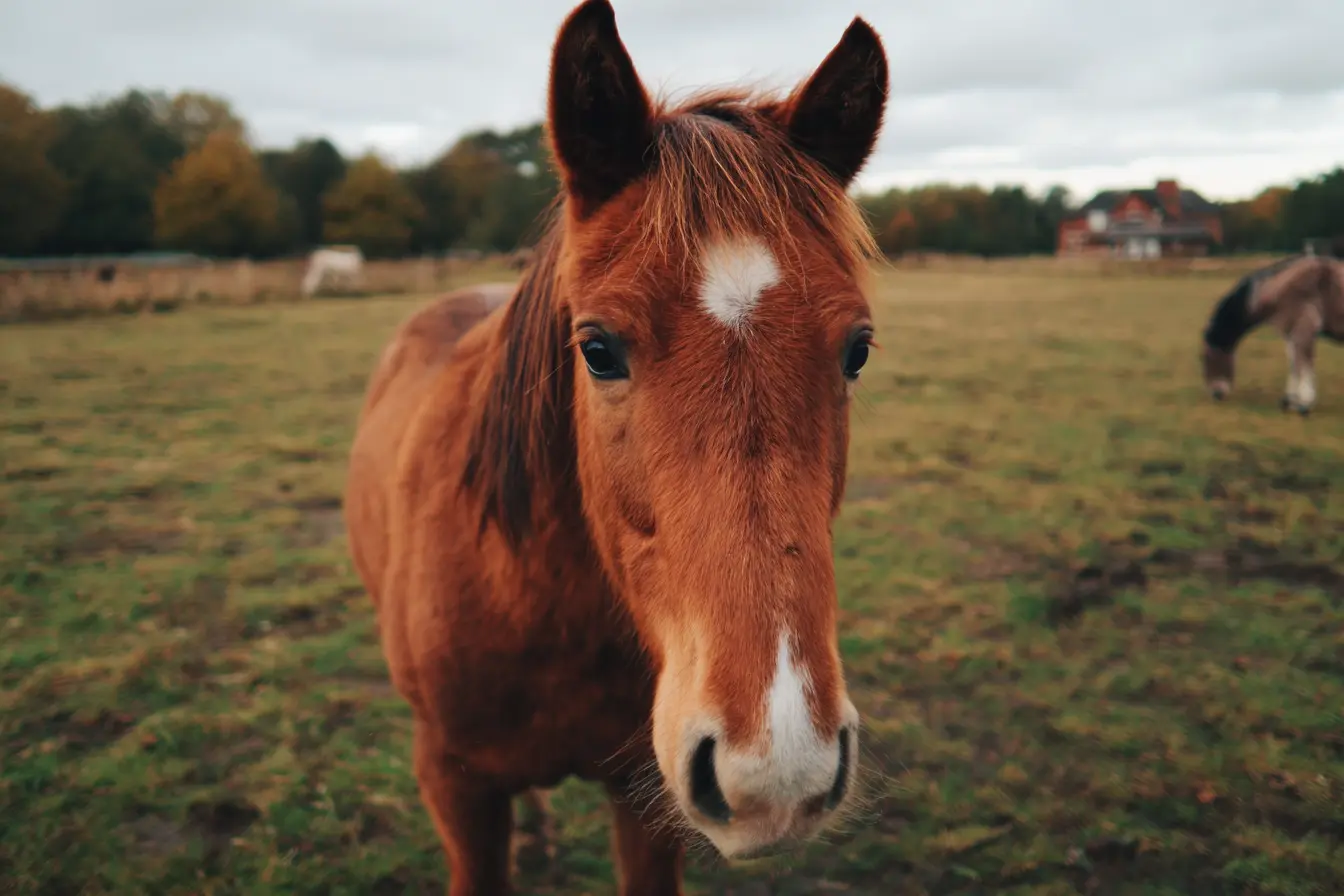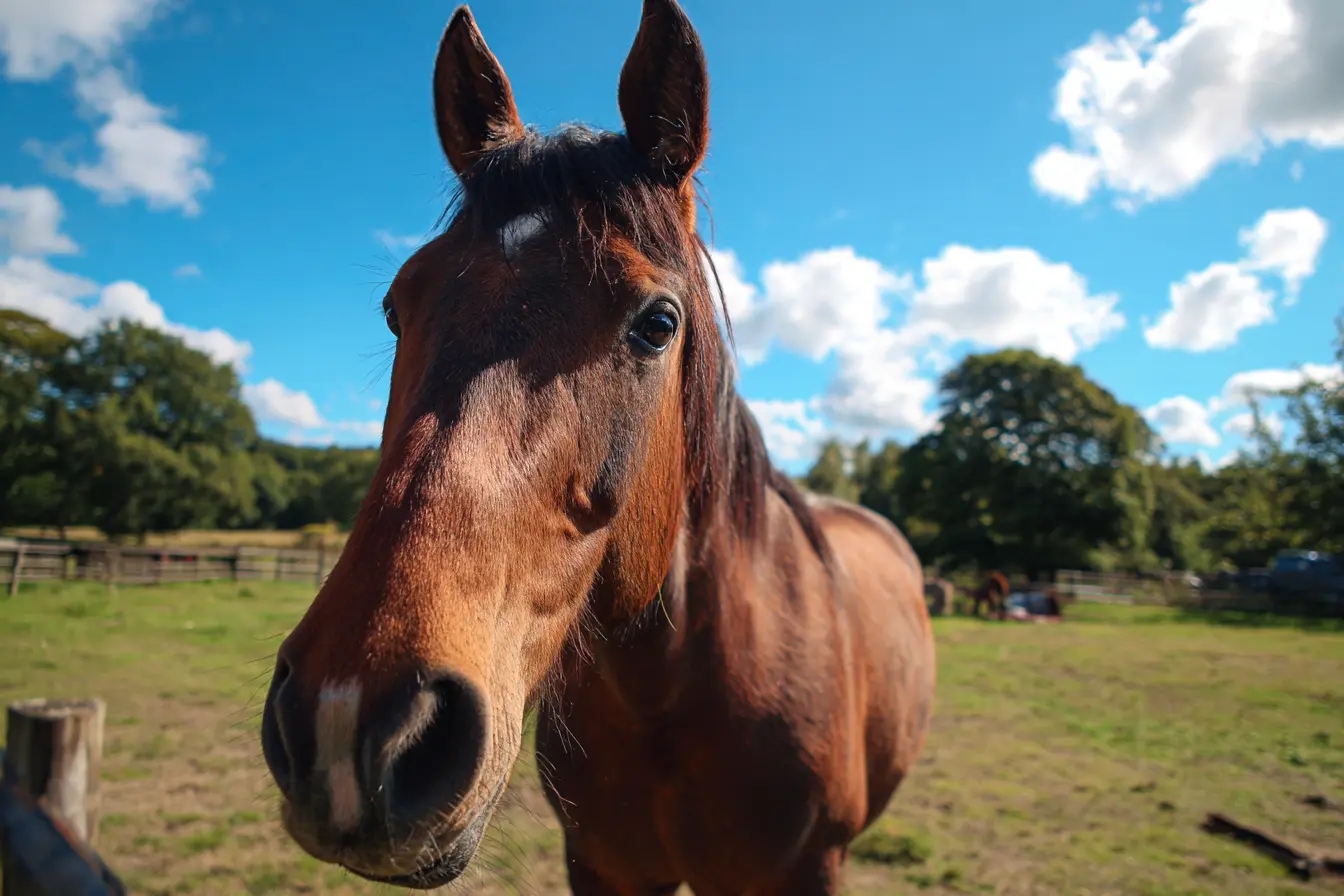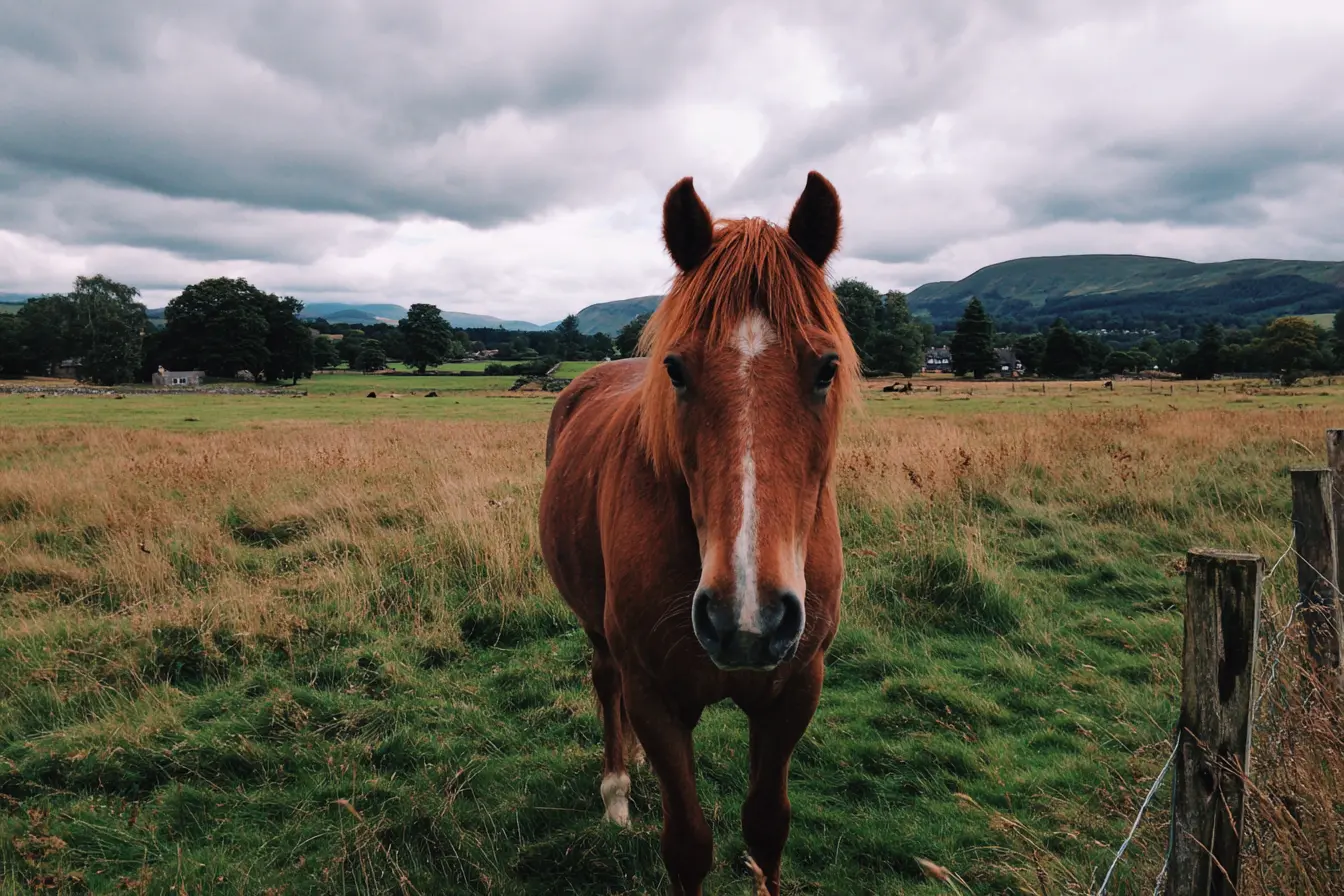
Bot Fly in Horses
Bot flies are a common concern for horse owners across the UK. Although they may seem like a minor irritation, they can have significant implications for your horse's health and wellbeing. In this blog post, we’ll explore what bot flies are, how they affect horses, and what you can do to manage and prevent infestations.
What Are Bot Flies?
Bot flies (Gasterophilus spp.) are parasitic insects that target horses. The most common species in the UK is Gasterophilus intestinalis, also known as the horse bot fly.
These flies lay their yellowish eggs on the horse’s coat, usually on the forelegs, shoulders, and around the mouth. When the horse licks or scratches the area, the eggs hatch, and the larvae enter the mouth, migrating to the stomach and intestines.
The Bot Fly Life Cycle
Understanding the bot fly’s life cycle is key to controlling them effectively:
- Adult female bot flies lay eggs on the horse’s coat during warm weather (typically late summer and early autumn).
- Eggs hatch after about 5-10 days, stimulated by the horse’s licking.
- Newly hatched larvae enter the horse’s mouth and embed themselves in the tissues of the lips, gums, and tongue.
- After 3-4 weeks, the larvae migrate to the stomach, where they attach to the lining of the stomach and upper small intestine.
- The larvae remain in the horse’s stomach for 8-10 months over winter.
- In late spring or early summer, mature larvae detach and pass out in the horse’s droppings, pupating in the soil to emerge as adult flies, thus completing the cycle.
Recognising Bot Fly Eggs and Larvae
Bot fly eggs are easy to spot:
- Small, yellowish, oval-shaped eggs stuck to the horse’s coat
- Common sites include the forelegs, shoulders, neck, and around the lips
Signs of infestation in the horse can include:
- irritation and licking of affected areas
- mild inflammation in the mouth
- possible signs of digestive upset, such as mild colic or weight loss
- visible bot larvae in manure in spring and early summer
How Bot Flies Affect Horses
Although many horses tolerate low levels of bot fly larvae without obvious illness, significant infestations can cause:
- ulceration and irritation of the stomach lining
- mild to moderate gastritis (inflammation of the stomach)
- discomfort in the mouth during the initial larval migration
- digestive disturbances and mild colic symptoms
In rare cases, heavy infestations can contribute to more severe digestive problems or weight loss.
Managing and Controlling Bot Fly Infestations
Effective management of bot flies involves a combination of good hygiene, physical removal, and appropriate deworming.
Physical Removal of Eggs
- regularly inspect your horse for bot eggs, especially in late summer and autumn
- use a bot knife, pumice stone, or fine sandpaper to scrape eggs off the hair
- remove eggs as soon as they appear to prevent larvae from hatching and being ingested
Strategic Deworming
- administer a wormer containing ivermectin or moxidectin in late autumn or early winter, when bot larvae are in the stomach
- this timing is crucial to target the larvae before they cause long-term damage
Good Management Practices
- keep pastures clean by regularly picking up droppings to reduce the number of pupae in the soil
- stable horses during peak bot fly activity times (warm afternoons) to reduce egg-laying
- maintain general health and nutrition to help horses cope with any parasitic burden
Final Thoughst
Bot flies are a natural part of the equine environment, but with vigilant management, their impact on your horse can be minimised. Removing eggs promptly, using effective deworming strategies, and maintaining good pasture hygiene are key to keeping your horse comfortable and healthy throughout the year.
If you suspect a heavy bot fly burden or your horse is showing signs of digestive upset, always consult your vet for advice on the most effective treatment and management plan.
Vets near you
Speciality vets
- Aquatics vet specialists
- Birds vet specialists
- Camelids vet specialists
- Cats vet specialists
- Cattle vet specialists
- Deer vet specialists
- Dogs vet specialists
- Equines vet specialists
- Exotic vet specialists
- Goats vet specialists
- Pigs vet specialists
- Poultry vet specialists
- Sheep vet specialists
- Small Mammals vet specialists
- Wild vet specialists



